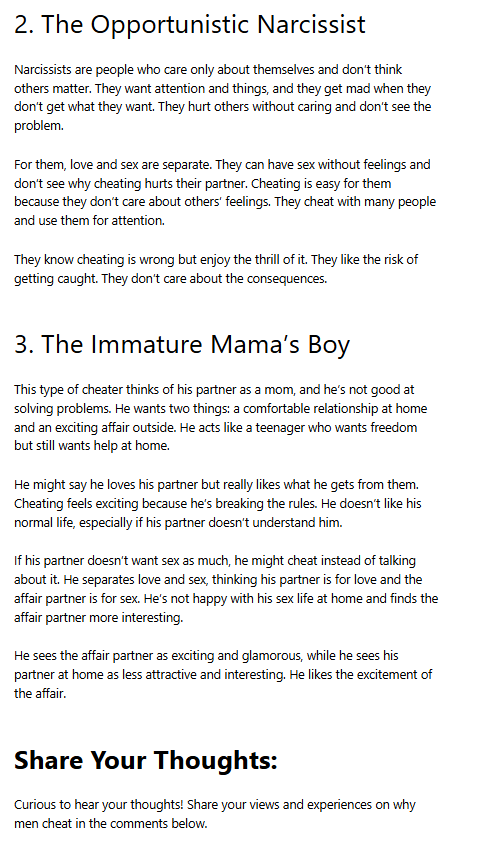Have you ever wondered why you feel sleepy at night and alert during the day, even without looking at a clock? This natural rhythm isn’t just coincidence—it’s the result of your body’s internal clock, deeply influenced by sunlight. The relationship between sunlight and sleep is one of the most essential yet often overlooked aspects of our daily lives. From improving mood and productivity to ensuring quality sleep, sunlight plays a key role in keeping our biological systems in sync.
In this article, we’ll explore how sunlight affects sleep, why exposure to natural light is vital for maintaining a healthy sleep cycle, and practical ways to harness its benefits for better rest and overall well-being.



Understanding the Body’s Internal Clock
At the core of our sleep-wake cycle is the circadian rhythm—a 24-hour internal clock that regulates when we feel awake or tired. This rhythm is controlled by a part of the brain called the suprachiasmatic nucleus (SCN), located in the hypothalamus. The SCN receives direct input from the eyes, which detect light levels in the environment. When sunlight enters the eyes, it signals the brain that it’s daytime, prompting alertness and activity. When light fades, the body prepares for rest by releasing sleep-promoting hormones.
This natural synchronization between the environment and our biology is what helps us maintain consistent sleep patterns. However, in modern society—filled with artificial lighting, screens, and irregular schedules—our connection with natural sunlight has weakened, leading to widespread sleep disturbances and fatigue.
How Sunlight Regulates Sleep Hormones
Sunlight doesn’t just help us see; it also governs crucial hormones that control our sleep and mood. Two of the most important are melatonin and cortisol.
1. Melatonin: The Sleep Hormone
Melatonin is a hormone produced by the pineal gland that signals the body it’s time to sleep. Its production is closely tied to light exposure. During daylight hours, melatonin levels remain low, keeping us alert. As evening approaches and sunlight decreases, melatonin levels rise, making us feel drowsy and ready for rest.
When we spend too little time in natural light—especially in the morning—melatonin production can become delayed, making it harder to fall asleep at night. Conversely, too much exposure to artificial light, particularly blue light from screens, suppresses melatonin and confuses the brain into thinking it’s still daytime.
2. Cortisol: The Wakefulness Hormone
Cortisol, often known as the stress hormone, follows an opposite pattern to melatonin. It peaks in the morning, giving you the energy to start your day, and gradually decreases throughout the afternoon and evening. Sunlight exposure shortly after waking helps regulate cortisol levels, ensuring that energy peaks at the right time and declines naturally as night approaches.
When these hormonal rhythms are disrupted—say, by late-night screen use or irregular exposure to daylight—our energy, mood, and sleep suffer.
The Connection Between Morning Light and Better Sleep
One of the most effective ways to improve sleep quality is to get sunlight early in the day. Morning light exposure has a powerful effect on resetting the circadian clock. Just 15 to 30 minutes of natural sunlight in the morning can signal the body that it’s time to be awake and alert. This not only enhances daytime focus but also helps the body release melatonin earlier in the evening, promoting deeper, more restful sleep.
Morning sunlight also contains a balanced spectrum of light wavelengths, including blue light, which helps boost serotonin—a neurotransmitter associated with happiness and well-being. Higher serotonin levels during the day can lead to better melatonin production at night, creating a positive feedback loop between mood and sleep.
The Impact of Artificial Light and Indoor Living
Modern lifestyles have dramatically reduced our exposure to natural sunlight. Many people spend the majority of their day indoors under artificial lighting, which is far dimmer than natural light. While a bright sunny day outdoors can deliver over 100,000 lux (a measure of light intensity), indoor environments typically provide only about 300–500 lux. This difference has profound effects on our circadian rhythms.
Artificial lighting, particularly from LED and fluorescent bulbs, doesn’t replicate the full spectrum of sunlight. Even worse, blue light from screens (phones, computers, TVs) can trick the brain into thinking it’s still daytime, especially when used late at night. This confusion delays melatonin release and pushes the body’s sleep cycle later, leading to insomnia, poor sleep quality, and daytime fatigue.
Over time, this mismatch between our natural rhythms and artificial environments can contribute to a host of issues, including:
- Chronic sleep deprivation
- Mood disorders such as depression and anxiety
- Reduced cognitive performance and focus
- Weakened immune function
Seasonal and Geographic Influences on Sleep
Sunlight exposure also varies with the seasons and geographic location. During winter months, shorter days and reduced sunlight can disrupt circadian rhythms and lead to conditions such as Seasonal Affective Disorder (SAD). People living in northern regions often experience delayed sleep cycles and morning grogginess due to insufficient morning light.
To combat these effects, many turn to light therapy, using lamps designed to mimic natural sunlight. These devices can help regulate melatonin and cortisol production, improving sleep and mood during darker months.
Practical Tips to Use Sunlight for Better Sleep
Incorporating more natural light into your daily routine doesn’t have to be complicated. Here are some simple but effective strategies to realign your sleep-wake cycle with natural sunlight:
1. Get Morning Sun Exposure
Spend at least 15–30 minutes outdoors within an hour of waking up. If possible, take a short walk, have breakfast by a sunny window, or do light stretching outdoors. The goal is to expose your eyes to natural light (without sunglasses) so your body can adjust its internal clock.
2. Create a Bright Daytime Environment
If you work indoors, open blinds and curtains to let in natural light. Position your workspace near a window, or consider using a daylight lamp that simulates natural sunlight.
3. Limit Screen Time at Night
Reduce exposure to blue light in the evening by dimming screens, using “night mode” settings, or wearing blue-light-blocking glasses. Aim to power down digital devices at least an hour before bed.
4. Embrace Darkness at Night
Just as morning light helps you wake up, darkness signals your body it’s time to sleep. Keep your bedroom dark and cool, using blackout curtains if necessary. Avoid bright overhead lights during your evening routine.
5. Maintain a Consistent Sleep Schedule
Try to go to bed and wake up at the same times each day, even on weekends. Consistency helps your body’s circadian rhythm stay aligned with natural light cycles.
Sunlight and Mental Health: A Hidden Benefit
The benefits of sunlight go beyond regulating sleep—it also has a profound impact on mental health. Adequate sunlight exposure boosts serotonin levels, which helps reduce stress, stabilize mood, and enhance feelings of well-being. People who spend time outdoors in natural light often report higher energy levels, sharper focus, and lower rates of depression.
When your mental health improves, so does your sleep. It’s a two-way relationship: good sleep enhances mood, and better mood promotes restful sleep. Sunlight sits at the center of this balance.
The Modern Challenge: Reconnecting with Natural Rhythms
Despite knowing the benefits of sunlight, many people find it hard to get enough exposure due to busy schedules, urban living, and long hours spent indoors. However, even small daily changes can make a big difference. Reclaiming your connection with sunlight means reclaiming control over your energy, health, and sleep.
Think of sunlight as nature’s most powerful regulator—a free, accessible, and sustainable way to improve your sleep and overall well-being. By syncing your daily habits with the rhythm of the sun, you allow your body to function at its best.
Conclusion
Sunlight is far more than just a source of warmth and brightness—it’s the foundation of our biological rhythm and sleep health. It tells our brains when to wake up, when to wind down, and when to rest. Without sufficient sunlight, our internal clocks lose their sense of time, leading to fatigue, insomnia, and mood imbalances.
By understanding how sunlight regulates sleep patterns and making small adjustments—like getting morning light, limiting artificial light at night, and embracing natural cycles—you can dramatically improve the quality of your sleep and your overall sense of well-being.



